Imagine it’s the year 2040.
Globally, we have curbed our greenhouse gas emissions, we’ve achieve ‘net zero’ and we’re on track to stay well below the 1.5°C rise in temperature that science predicted would have catastrophic consequences for the earth’s systems and for human society. This is an incredible, but also necessary, achievement.
On the way to 2040, lowering global emissions has meant radically changing our diets, including the balance of protein on Western plates (and for the emerging middle classes globally). We now eat a greater proportion of plant protein and less meat and dairy, produced in ways that have lower environmental impacts. Some trade-offs had to be made along the way but we’ve created a food system that meets climate targets. So far so good.
Now – imagine you are eating lunch in 2040. What does it look and taste like, how does it compare to what you ate in 2020, and how does it compare to other people’s meals around the world? Are you eating take-out at your desk, wearing a virtual reality headset as you drink a shake, or savouring a slow-cooked, home-made, “traditional” meal?
Forum for the Future’s Future Plates project has created four possible futures to explore what your meal might be like in 2040. Each takes a different approach to what’s important for both you and the food system. So, if the future of the planet and our food was in your hands, which would you choose?
It’s 2040, and…
- Survival of the fittest
Taste and nutrition have been prioritised but high-quality, nutritious foods are only readily available to those who can afford it and/or cook it themselves. For example, the small amount of meat occasionally consumed is free-range, but has become less available and with a much higher price tag. And while there are many healthy protein alternatives, these remain expensive and many people still lack the skills to cook nutritious food at home. Your lunch is typically freshly prepared for you and plant-based, with carbs comprising the majority of the meal. While some people are very healthy in this possible future, a large proportion of the global population is left vulnerable to malnutrition.
- ‘More of the same’
Taste and convenience have been prioritised in much the same way they were in the Western world in 2020, with a limited focus on nutrition or availability/affordability of protein. Much of the protein is produced in laboratories and crops in indoor vertical farms, and your lunch is ready-to-go, giving you more free time to pursue activities other than food shopping or preparation. However, just as in 2020, malnutrition in all its forms (obesity, dietary deficiencies, hunger and childhood stunting) is still widespread, with many countries experiencing high rates of all types.
- Eating to live
Availability and nutrition were prioritised, making nutritious food widely accessible across the global population in this possible future. While global malnutrition rates have declined, so has the enjoyment of meals. Your lunch is very healthy and primarily plant-based with plenty of lentils and other whole foods, but not particularly tasty. Further, preparation for meals demands more time and effort, with the responsibility falling disproportionately of women and minority groups.
- Technocratic egalitarian
Convenience and availability were prioritised, meaning while “food” is readily available for all, your lunch mostly comes in the form of plant-based shakes, bars and pills. Food waste has been eliminated, as has hunger, but particular nutrients (such as fibre) may still be missing from diets. You have more time to pursue interests other than food preparation and eating, but the arts of cooking and dining are lost, making restaurants redundant. Virtual reality could mimic a typical past dining experience, but the social element of food and eating together is gone.
———–
These possible futures offer food for thought about how we create our future; none of them is ideal and none of them is a prediction of what will happen, but all of them are plausible and possible. The food system must transform to avoid going beyond 1.5°C of global heating, but what this means for the future of food and how it transforms is less certain.
Challenges around food are so interconnected that we can’t simply tackle a single issue in isolation, such as focusing only on reducing emissions to meet climate targets, without influencing other outcomes. Multiple challenges interact, such as public health, biodiversity loss and water scarcity, to name just a few.
If taste, access to quality nutrition for all, food safety and convenience are all valuable outcomes we wish to protect or achieve for all in the future, then we have to ensure that the solutions we invest in today seek to deliver integrated outcomes. This requires systemic thinking – including an understanding of potential unintended consequences and trade-offs, and recognising the assumptions we are making in driving change.
While the future of food has not yet been created, we all have a part to play. Will health, nutrition and enjoyment of eating for all be prioritised while the environmental challenges are tackled?
Alongside governments and civil society, food businesses across sectors have a critical role to play in enabling positive action across those areas. But, as our latest report, The Future of Food, highlights, more businesses need to take a systems approach to transform the food system for the better in the next 20 years in order to ensure they are prepared for the upcoming risks and to seize the huge opportunities inherent in shaping and creating that better future food system. Exploring these different possible futures are a powerful tool to envision and shape systemic action on sustainable protein, and there are many more at our disposal.
So what do you think your lunch will look like in 2040?
If you want to learn more about your role and the role of your organisation or sector in creating systemic change towards a sustainable future, for food and beyond:
Contact Roberta, Protein Challenge 2040 lead
Contact Lesley, Associate Director Sustainable Nutrition
If you’re a business and you are ready to act and lead on creating a sustainable future for protein now join the Protein Challenge 2040
If you’re interested in rebalancing protein in diets to deliver sustainable nutrition, read more about our work here.
Note: the four possible futures were developed for Forum’s Protein Challenge: Future Plates US workshop held in New York in October 2019 and were developed further at Forum’s Future Plates Europe workshop in London in November 2019. Participants of both workshops contributed to the development of these possible futures. Many thanks to Mary McCarthy, Geraldine Gilbert, Lesley Mitchell, Sandra Seru, Kat Campbell and Polly Wells for their contributions to this work.


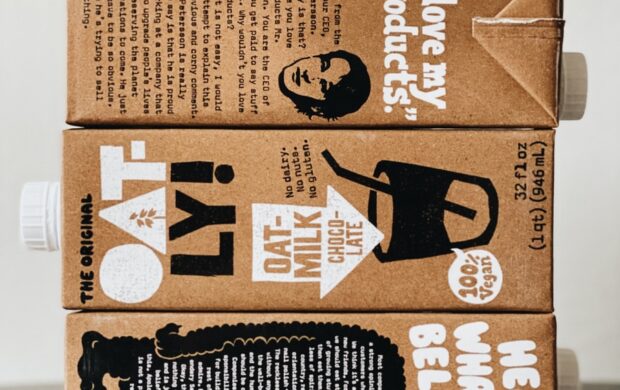


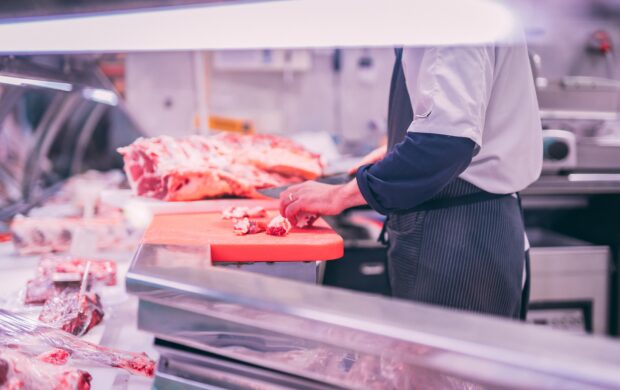
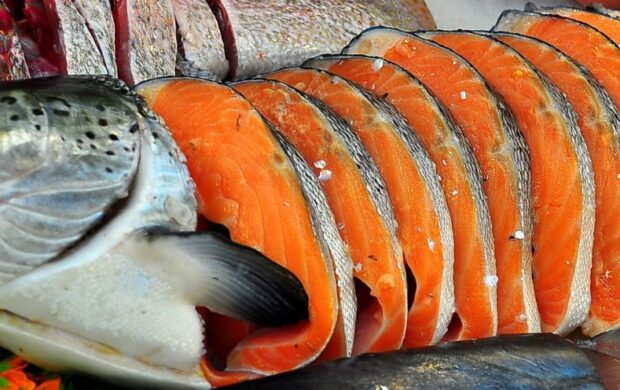

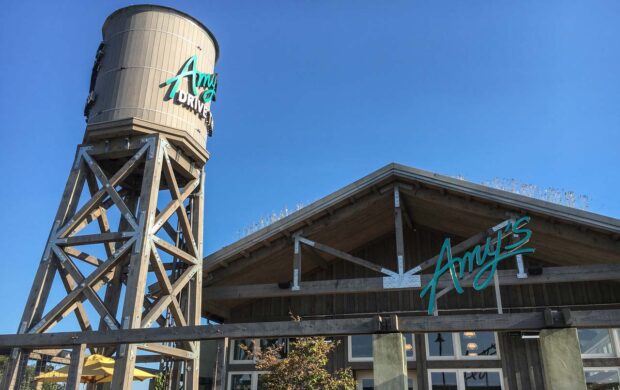

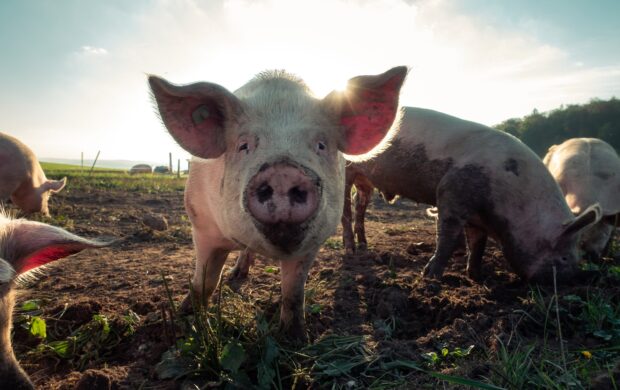
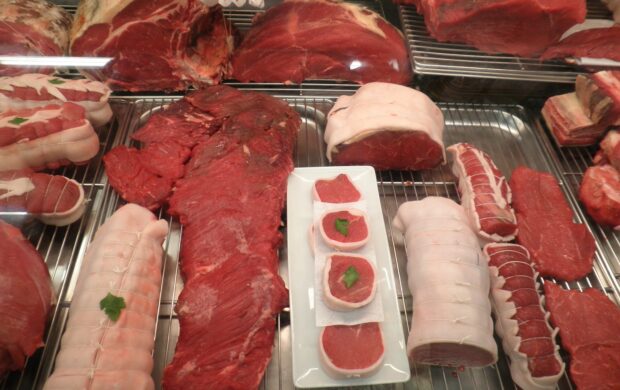

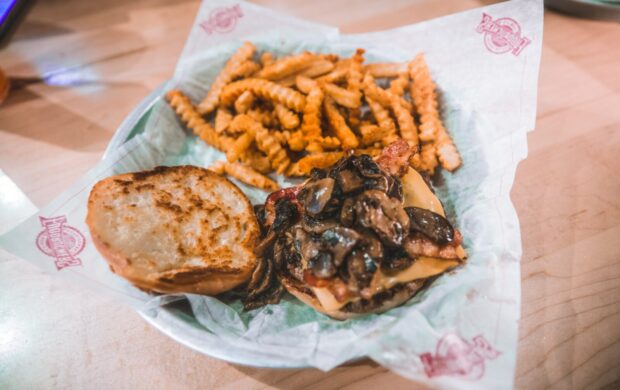

Join discussion